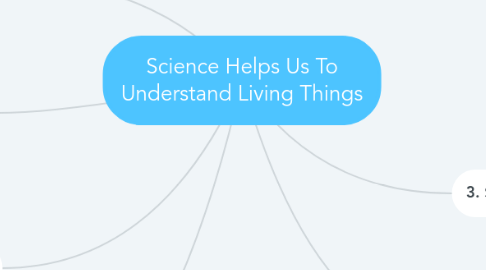Science Helps Us To Understand Living Things
by Stiofán Mícheál Ó Fearail

1. 1. Tuning In
1.1. Students will map out all they know about both 'science' and 'living things'.
1.2. Preassessment to include a section that asks the children about what they think the theme wants them to explore
2. 2. Finding Out
2.1. Children will initiative their inquiry using various resource devices and methods.
2.2. They will be encouraged to discover as much about the theme as they can and compile the information as best they can.
3. 6. Taking Action
3.1. The children will present their finding in and end-of-unit event eg a showcase for parents.
3.2. They will attempt to convince their parents (attendees) of how they can take action on, for example, one of the UN Global Goals.
3.3. They will evaluate their own learning before completing a rubrik designed to engage the children and copper-fasten their targets. This will be used to inform future planning.
4. 4. Going Further
4.1. Children investigate ways they can organise what they've acheived to now.
4.2. They will be encouraged to view the Central Idea in a Transdisciplinary, cross-curricular manner and see how their essential question can relate to other areas of learning such as data management in maths.
5. 3. Sorting Out
5.1. Next step is for the children to decipher what information is needed for developing the Central Idea into a piece of concrete research.
6. 5. Making Conclusions
6.1. The children will corrolate their efforts and decide upon their main focus and what point the wish to make with regard to the CI and their essential question.
6.2. They will decide on the main point they wish to make and put into action. An example of this is choosing theor UN Global Goal for their end-of-unit presentation.


